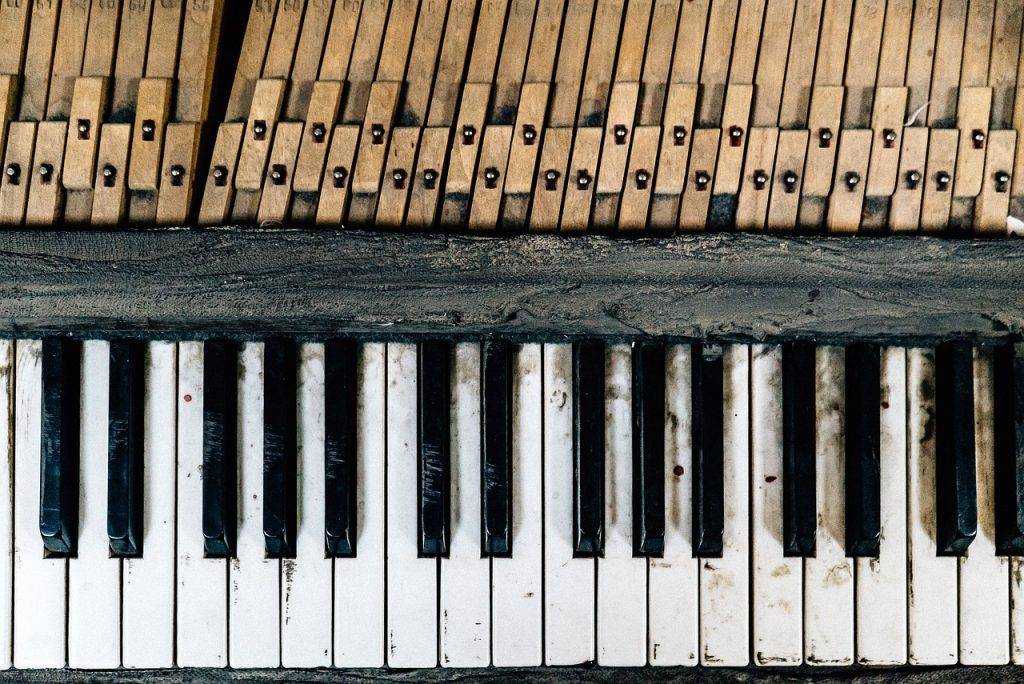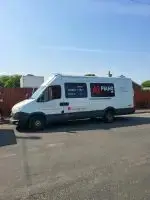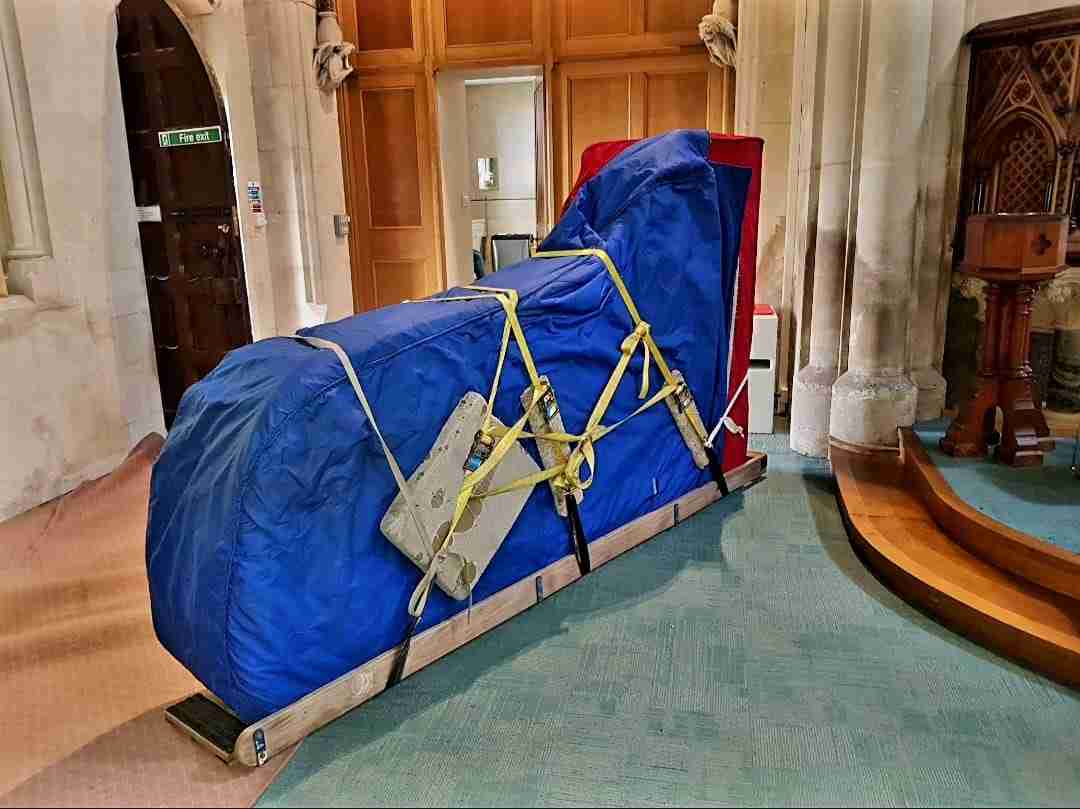
7 Clear Signs It’s Time to Dispose of Your Piano
Introduction: When Sentiment Meets Practicality
Pianos are more than just musical instruments. They are often treasured family heirlooms, focal points in the home, and vessels of musical inspiration. Many people grow attached to their pianos, especially those inherited from loved ones or used to learn to play during childhood. However, no instrument lasts forever. Over time, the cost of maintaining an aging piano can outweigh its value, both musically and financially.
Recognising when it’s time to say goodbye to your piano isn’t easy, but making an informed decision ensures you don’t pour unnecessary time and money into a declining instrument. Below, we explore seven unmistakable signs that it may be time to dispose of your piano, along with expert tips on how to do so responsibly.
1. Irreparable Structural Damage
Structural integrity is essential to a piano’s functionality and tone. Key components such as the soundboard, pinblock, and frame must remain in good condition for the instrument to function properly. If your piano has:
Cracks in the soundboard
A warped or damaged pinblock
A broken or rusted cast iron frame
…it may be beyond repair. These issues severely impact sound and tuning stability and often cost thousands of pounds to fix—more than many old pianos are worth.
Expert Tip:
Before deciding on disposal, consult a registered piano technician for a professional assessment. They can confirm whether the damage is repairable or if replacement is more cost-effective.
2. Recurring Tuning Problems
Does your piano go out of tune shortly after each tuning session? This can be frustrating and a strong indication that internal components are deteriorating. Pianos should typically hold a tune for six months to a year if maintained properly.
Frequent tuning instability can be caused by:
Loose tuning pins
Warped pinblock
Soundboard or bridge cracks
If your technician struggles to stabilise the pitch, even after repeated tuning attempts, it’s a clear sign that your piano is nearing the end of its life.
3. Decline in Sound Quality
The beauty of a piano lies in its rich, resonant sound. Over time, however, that sound can degrade significantly due to:
Worn hammers and felts
Rusty or corroded strings
Hardened action components
If your piano now produces dull, uneven, or tinny tones, it may no longer deliver the musical experience it once did. When the cost of restoring tonal quality rivals the price of a newer, better-performing piano, disposal should be seriously considered.
4. Obsolete Design and Limited Functionality
Older pianos—especially those built before the 1950s—often lack the responsiveness and control expected of modern instruments. Their mechanical action may be sluggish, and they might not meet the demands of contemporary music styles or digital recording requirements.
This can become a barrier for:
Advancing students who need a more responsive keyboard
Professional musicians seeking precision and consistency
Home recording artists looking for MIDI integration
If your piano no longer supports your musical goals, it might be time to invest in a more capable instrument.
5. High Maintenance and Repair Costs
All pianos require regular maintenance, including tuning, voicing, and regulation. However, if your piano constantly needs:
Replacement parts
Re-stringing
Key and pedal repairs
…you may be pouring good money into a failing instrument. Once the cumulative cost of upkeep surpasses the market value of the piano, it’s often wiser to consider replacement or disposal.
Financial Insight:
The average cost of a full piano restoration can range from £2,000 to £10,000. In contrast, a high-quality digital piano or a used acoustic piano in excellent condition can cost significantly less.
6. Extensive Physical Deterioration
Aesthetics matter too—especially if your piano is prominently displayed in your home or used in public settings. Extensive visual and physical damage can include:
Peeling veneer or cracked casing
Water or heat damage
Broken keys or pedals
Such issues not only affect appearance but may also impair functionality. If your piano is more of an eyesore than a centrepiece, and repairs are extensive, disposal might be the most reasonable option.
7. Reduced Playability and Enjoyment
At the heart of every piano owner’s decision lies this question: Is it still enjoyable to play? If your piano frustrates more than it inspires—due to:
Sticky or uneven keys
Inconsistent volume
Sluggish action
…it may be robbing you of the joy of playing. Musical instruments should support and elevate your creative expression, not hinder it. If performance is poor despite repairs, it may be time to move on.
Environmentally Responsible Piano Disposal Options
Letting go of a piano doesn’t mean sending it straight to the landfill. Several ethical and eco-conscious disposal methods exist:
1. Donate to a Worthy Cause
If your piano is still playable, local schools, churches, or music charities may welcome it with open arms. Donation gives your piano a second life while helping others access music education.
2. Recycle the Materials
Old pianos are made from high-quality woods and metals that can be recycled or repurposed. Skilled craftsmen can turn parts into:
Furniture
Art pieces
Decorative home items
This sustainable approach helps reduce waste and promotes creative reuse.
3. Sell Privately or Through Dealers
If your piano still holds value, consider listing it on platforms like Gumtree, Facebook Marketplace, or Preloved. Music dealers and piano refurbishers may also offer a fair price, especially if the instrument has a solid brand name or unique character.
4. Hire a Professional Piano Removal Service
Disposing of a piano is no DIY task—these instruments are heavy and cumbersome. A professional removal service ensures:
Safe handling without damaging your property
Proper dismantling and transport
Environmentally friendly disposal or donation
Conclusion: Trust Your Instincts and Expert Advice
Choosing to dispose of your piano is a deeply personal decision that should be guided by both emotional and practical considerations. Whether it’s the structural decay, tonal decline, or financial strain, acknowledging the signs is the first step.
If you’ve noticed more than one of the above issues, it’s time to weigh the costs of continued maintenance against the benefits of replacement. Remember, your musical journey doesn’t end with one piano—it can begin anew with an instrument that better suits your evolving needs.
Need Professional Piano Disposal Help?
At A1 Piano Removals, we understand the value—and challenges—of piano ownership. Our team provides efficient, respectful, and eco-friendly piano removal services throughout Gloucestershire and the surrounding regions. Whether your piano is bound for recycling, donation, or disposal, we’ll handle the logistics with care.
Contact Us Today for a Free Quote:
Phone: 07787 135541
Email: [email protected]
Location: Gloucester, GL4 6NT
Website: a1pianoremovals.com






